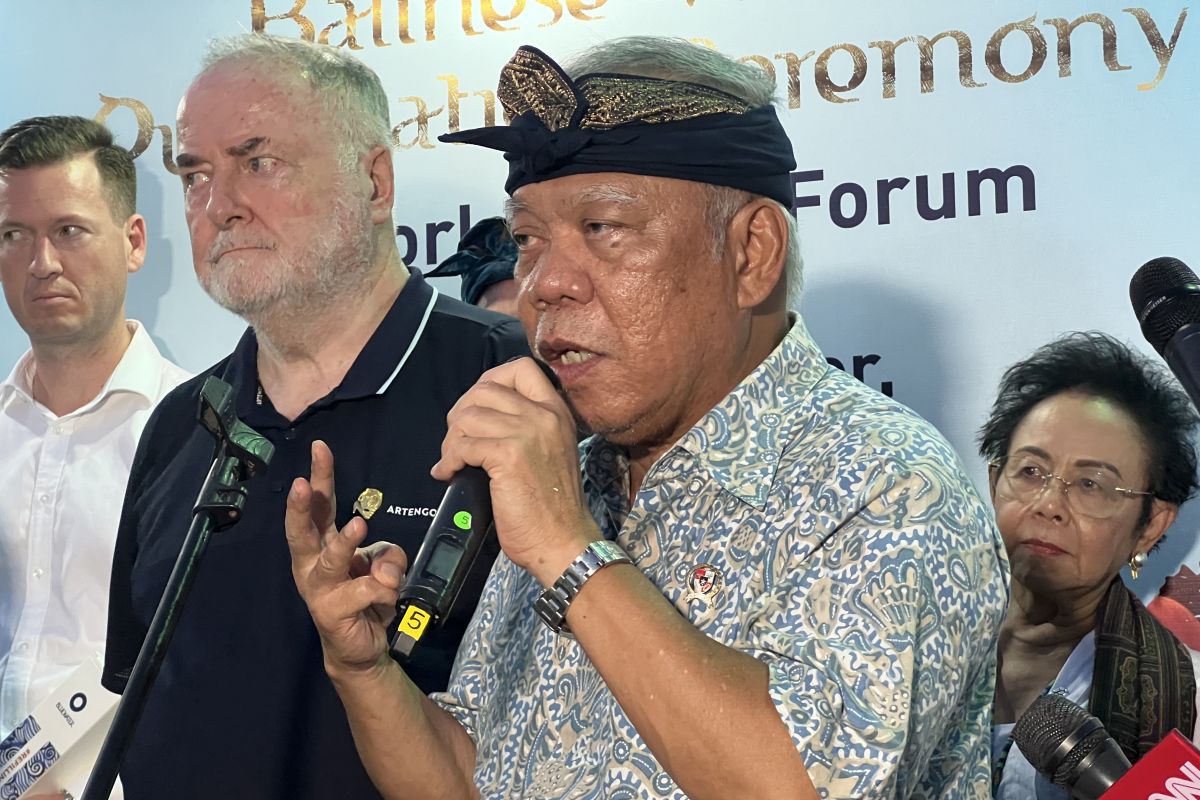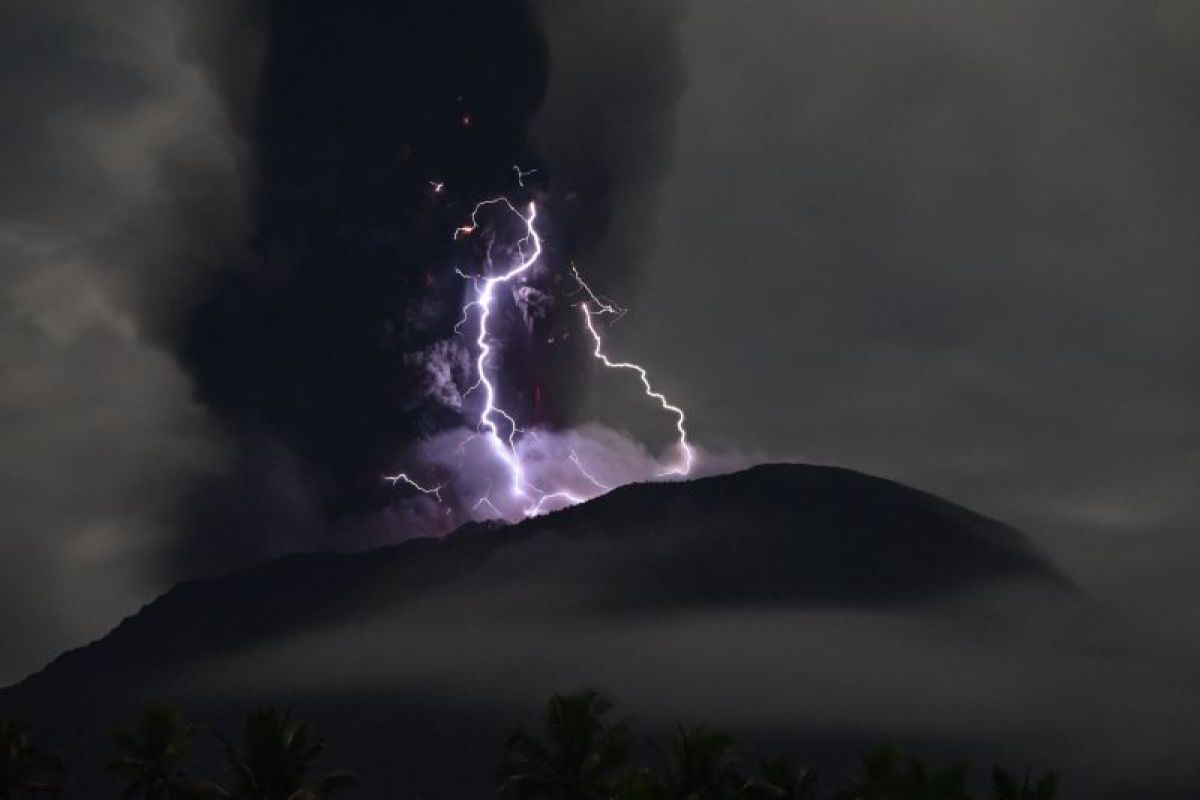New Delhi/ Udaipur (Rajasthan) [India], December 13 (ANI): No G-20 member has ever welcomed the presidency like India did when she illuminated hundreds of sites, including UNESCO world heritage sites, across the country on December 1. Numerous other locations were also decorated with the G-20 logo representing ‘Vasudhaiva Kutumbakam’ or, ‘the world is one family.’With the motto, “One Earth, One family, One future”, India is prepared to bring the world together as she hosts around two hundred G-20-related events, including the marquee summit in September next year, under her year-long presidency.
Leaders world over including the US President, Joe Biden, expressed their content and commitment towards addressing the pressing global issues in collaboration with and under the guidance of India.
Prime Minister Narendra Modi urged global leaders to unite in the fight against what he referred to as the primary challenges in the present circumstances: “climate change, terrorism and pandemics”. Many observers have commented that G-20 members are placing their hope in India, for only she is in a position to steer the world out of a multi-pronged crisis.
Whether it is India’s democratic foundations that have held 1.4 billion people together for decades; her non-imperialistic foreign policy that has won her friends, allies, and trust of people the world over; her prudent macroeconomic fundamentals which are keeping her afloat amidst recessionary global trends, or her assertive endeavours to bridge the divide between the global south and the rest of the world, India has positioned herself as a beacon of hope in these testing times. In an increasingly divisive world, where aggressive foreign policy and disagreements have taken the centre stage, New Delhi provides an alternate, viable discourse that talks about peace, progress, dialogue, and consensus.
Indian External Affairs Minister, Dr. Jaishankar, urged the global community to work together toachieve the common goals that the group pledged to accomplish during the summit in Bali last month.
India has an extensive and holistic agenda for its G-20 presidency.From the de-politicization of the global supply chains which have affected the supply of food and fertilisers, to pushing for sustainable solutions with regard to climate change…
From making resources accessible to the most deprived and neglected, to negotiating a consensus between political polar opposites, India will endeavour to achieve to bring more unity to the world.
India is increasingly being regarded as a true leader by the world community for she has not only protected her own population but has also committed herself to the global good in this rapidly changing geopolitical scene.
“I have always maintained that crisis is an opportunity and this is one of the greatest opportunities we have got because we are putting together the agenda”, says Amitabh Kant, G20 Sherpa, IndiaThe Indian Prime Minister, Narendra Modi’s interactions with the Chinese President Xi Jinping during the G-20 summit last month was a precursor to what will follow under the Indian G-20 presidency. The twin foundations of dialogue and diplomacy will be the motto going forward.
The two sides, according to observers, are heading for a thaw following a deterioration in their bilateral ties as a result of the violent skirmish along the LAC in India’s Eastern Ladakh region in June 2020, which left many people dead.
India, which now stands on the cusp of massive industrialisation, has vowed to reduce its carbon footprint significantly in the coming decades. India, which is set to become the world’s most populated country, is also ensuring food supplies for others.
Experts say that India possesses all the qualities required of a leader. Even if the G-20 policy had not been rotational, many say that India would have deserved the chair in any event. ‘Brand India’ is set to take centre stage with hopes and expectations of billions around the world. (ANI)







More Stories
A watertight case for watershed conservation
10th World Water Forum diplomatic victory for Indonesia: minister
Mt. Ibu eruption triggers volcanic thunderstorm: official